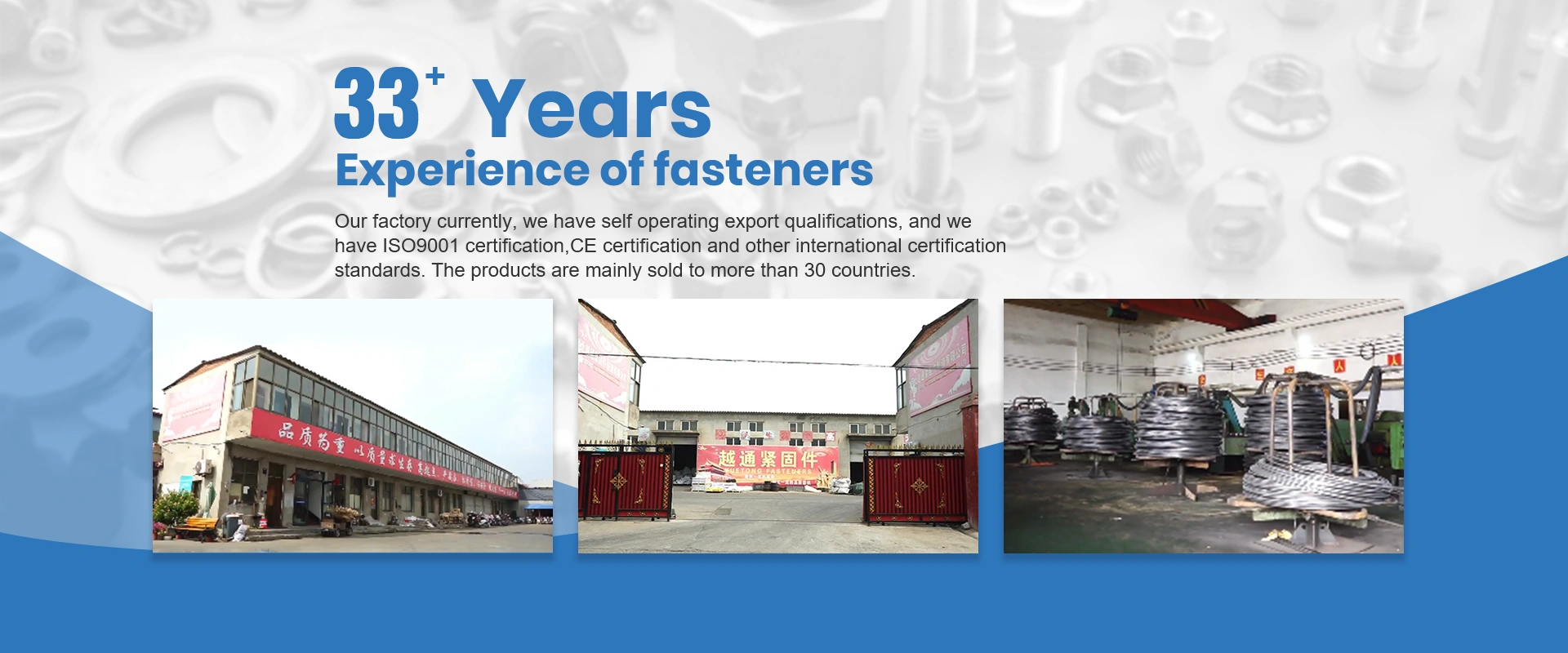Қар . 01, 2024 03:46 Back to list
M14x2 Nut Specifications and Best Applications for Industrial Use
Understanding the M14x2 Nut Specifications and Applications
When it comes to fasteners in mechanical engineering and industrial applications, the M14x2 nut stands out as a crucial component. This nut, specified by its metric designation M14, features a nominal diameter of 14 millimeters and a thread pitch of 2 millimeters. This article will delve into the characteristics, specifications, and various applications of the M14x2 nut, providing a comprehensive overview for engineers and enthusiasts alike.
Key Specifications
The term M14 indicates that the nut is intended for use with a bolt or screw that has a diameter of 14 mm. The 2 in M14x2 refers to the distance between threads, or pitch, which is 2 mm. This standardization adheres to the ISO metric screw thread system, ensuring compatibility and reliability across various applications.
The M14x2 nut typically conforms to certain material standards, with common materials including carbon steel, stainless steel, and sometimes brass or alloy steel. The choice of material often depends on the application environment—stainless steel, for instance, is favored for its corrosion resistance, making it suitable for outdoor applications or in marine environments. The strength of the nut is also an important consideration, with grades (like Grade 8 or A2/A4 for stainless steel) indicating the tensile strength of the material.
Design Features
The M14x2 nut comes in several designs, including the standard hex nut, locking nut, and flanged nut. The standard hex nut is the most commonly used version, allowing for efficient tightening with a wrench. Locking nuts incorporate features such as nylon inserts or serrated edges to prevent loosening due to vibrations, making them particularly useful in high-vibration applications like automotive or aerospace industries. Flanged nuts integrate a wider base that distributes load better, making them ideal for softer materials or where a larger contact area is needed.
m14x2 nut

Applications
The applications of the M14x2 nut are extensive, finding roles in various fields. In the automotive industry, for example, these nuts are often used to secure engine components, suspension parts, and essential fixtures. They provide the necessary clamping force to ensure safety and reliability in modern vehicles.
Moreover, M14x2 nuts are also prevalent in construction and civil engineering. They are utilized to fasten structural components, ensuring that bridges, buildings, and other infrastructures are stable and secure. Their robustness makes them ideal for high-load scenarios where safety is paramount.
In the machinery and equipment sectors, M14x2 nuts serve functional roles in assembly lines, manufacturing machinery, and custom-built equipment. Their standardization allows for easy interchangeability and maintenance, reducing downtime and enhancing productivity.
Conclusion
In summary, the M14x2 nut is an essential fastener that plays a vital role in various industries. Its specification, design options, and versatility make it a favored choice among engineers and mechanics. Understanding the properties and applications of the M14x2 nut can lead to better decision-making in the selection and use of fasteners in both everyday tasks and specialized projects. As technology evolves, the demand for reliable and efficient fasteners like the M14x2 nut will continue to grow, ensuring its place in the future of engineering and construction.
-
The Ubiquitous Reach of DIN934 in Application Realms
NewsMay.16,2025
-
Exploring Different Bolt Types
NewsMay.16,2025
-
Cracking the Code of Sleeve Anchor Mastery
NewsMay.16,2025
-
Clamp Design Principles,Types and Innovations
NewsMay.16,2025
-
Artistry Inspired by the Humble Anchor Bolt
NewsMay.16,2025
-
A Deep Dive into Screw Types
NewsMay.16,2025


